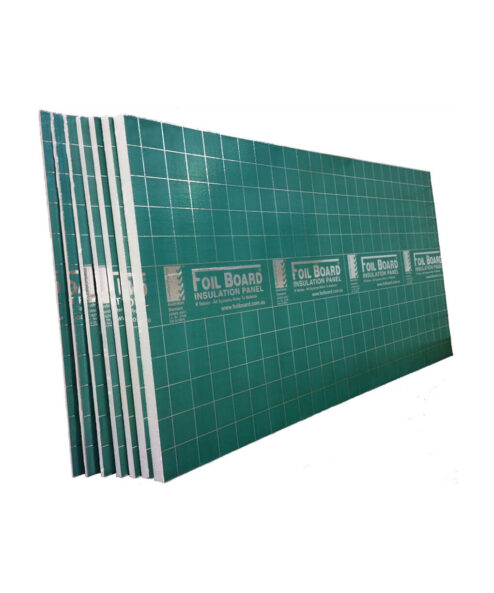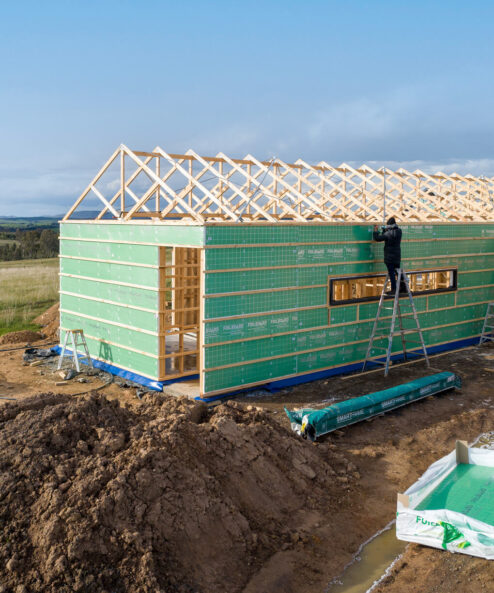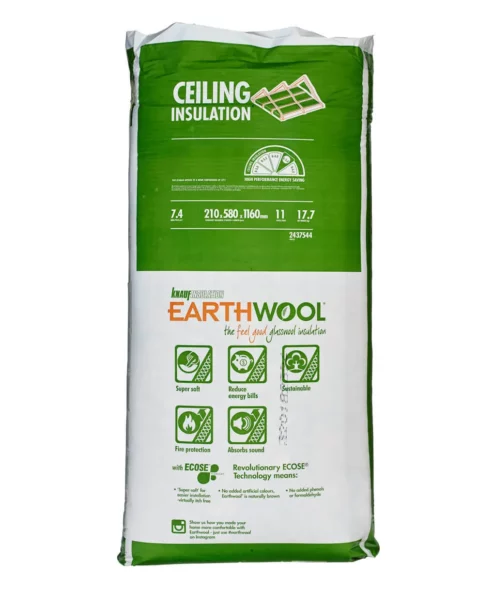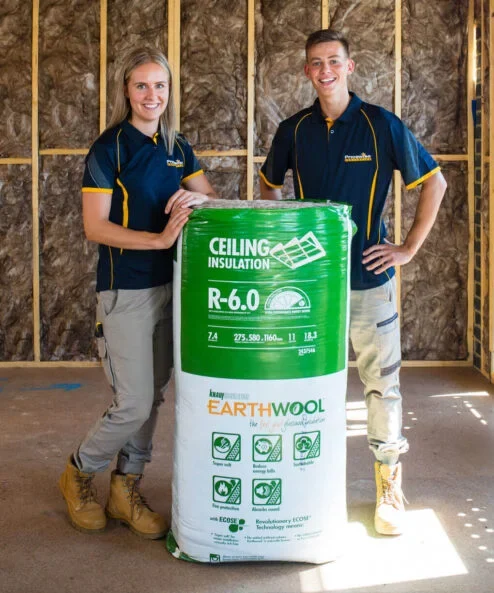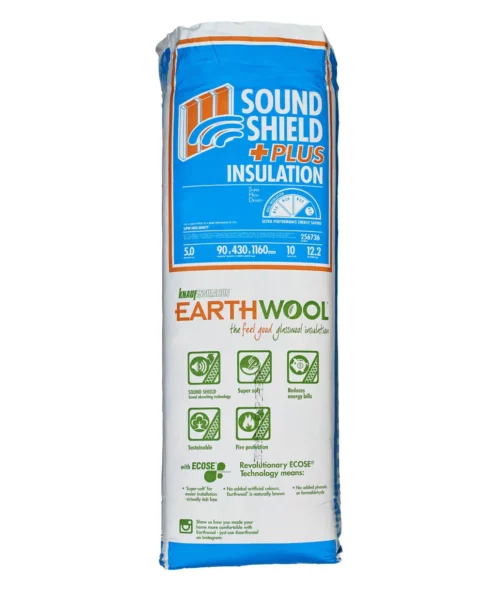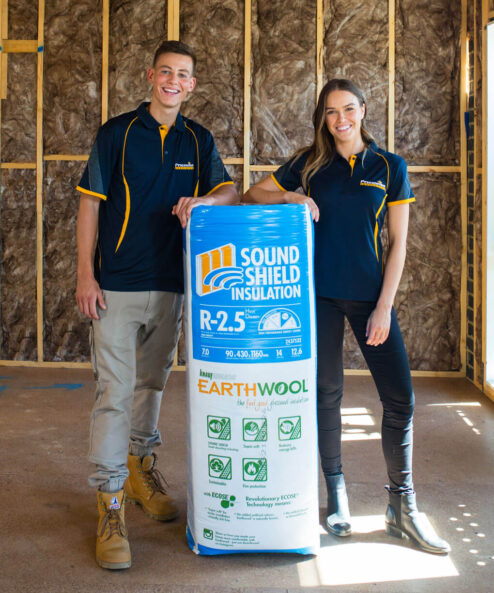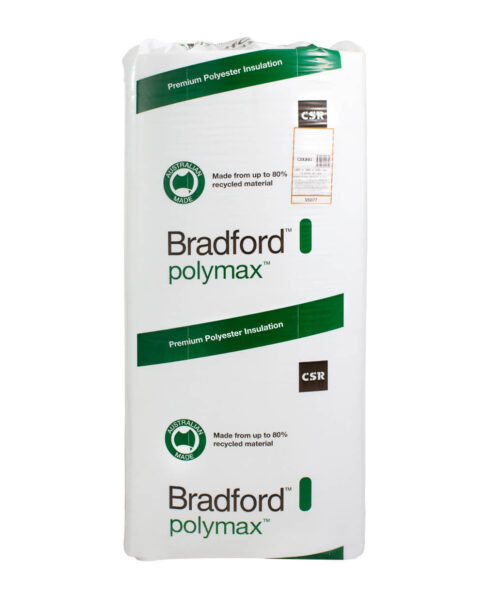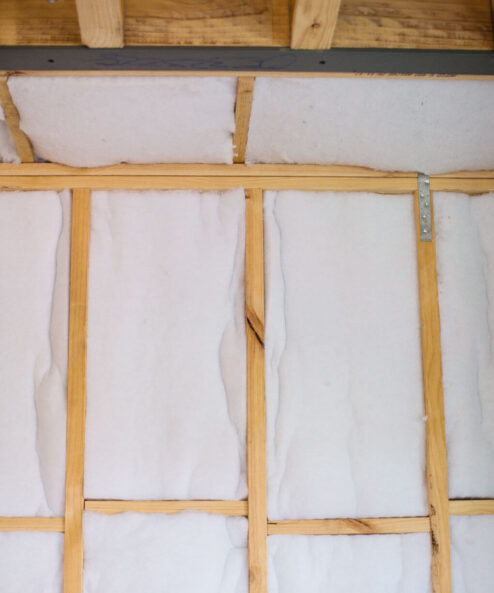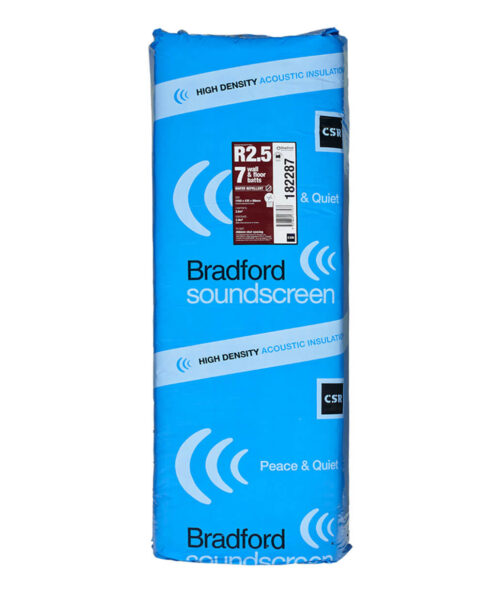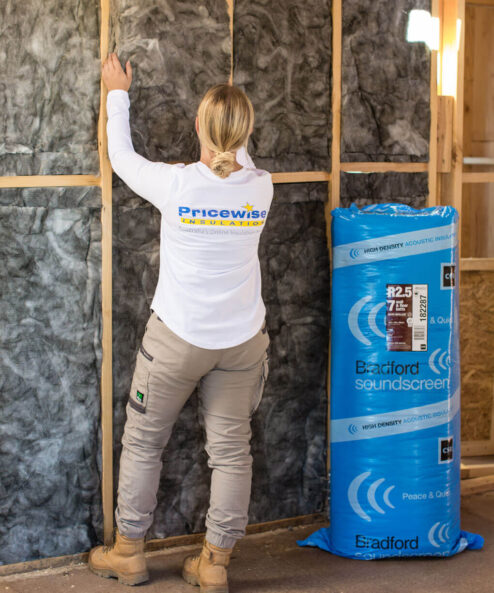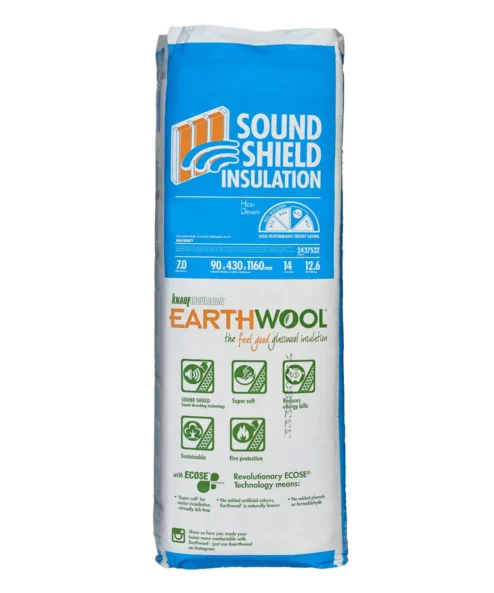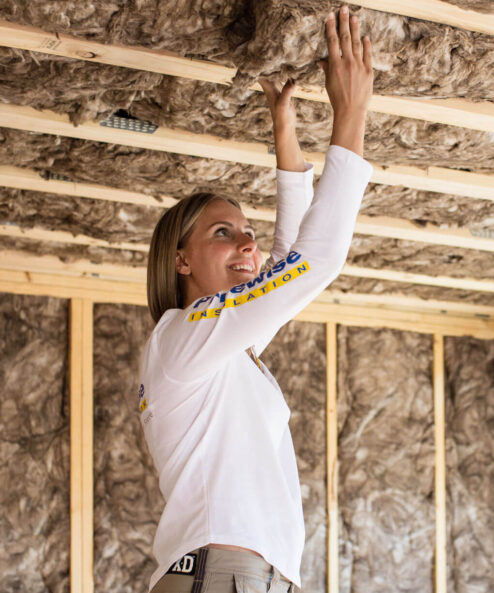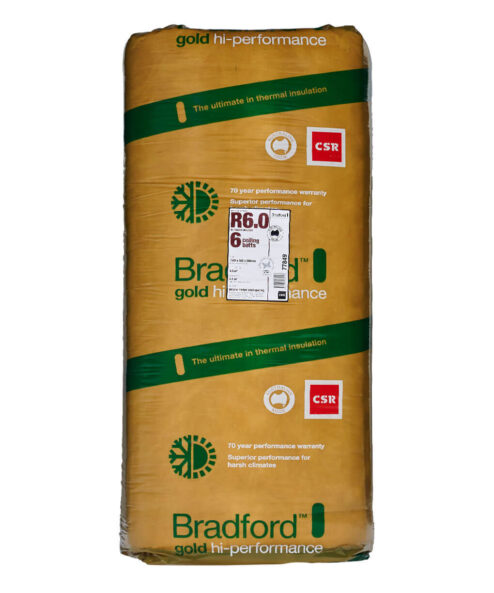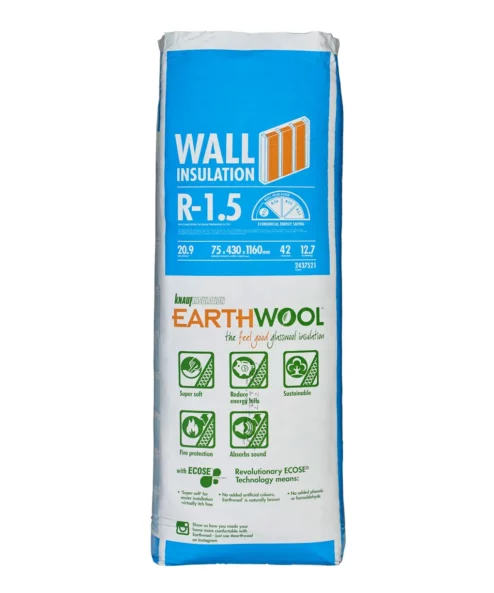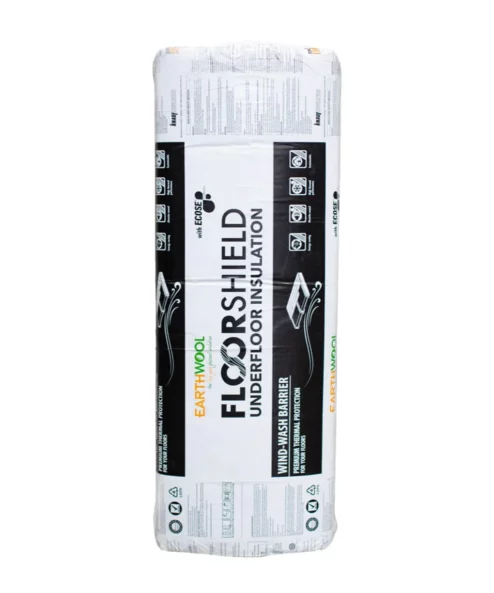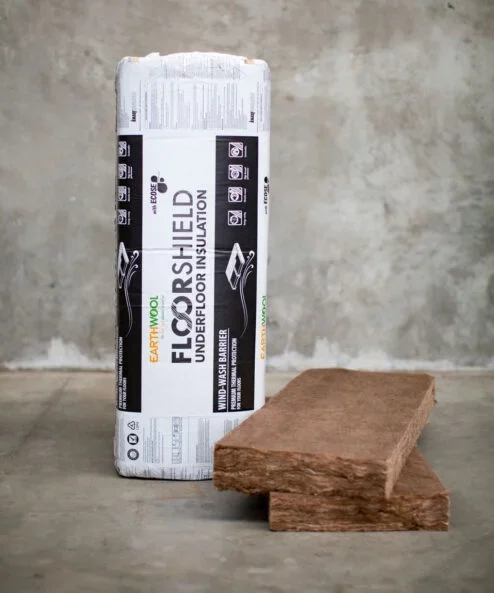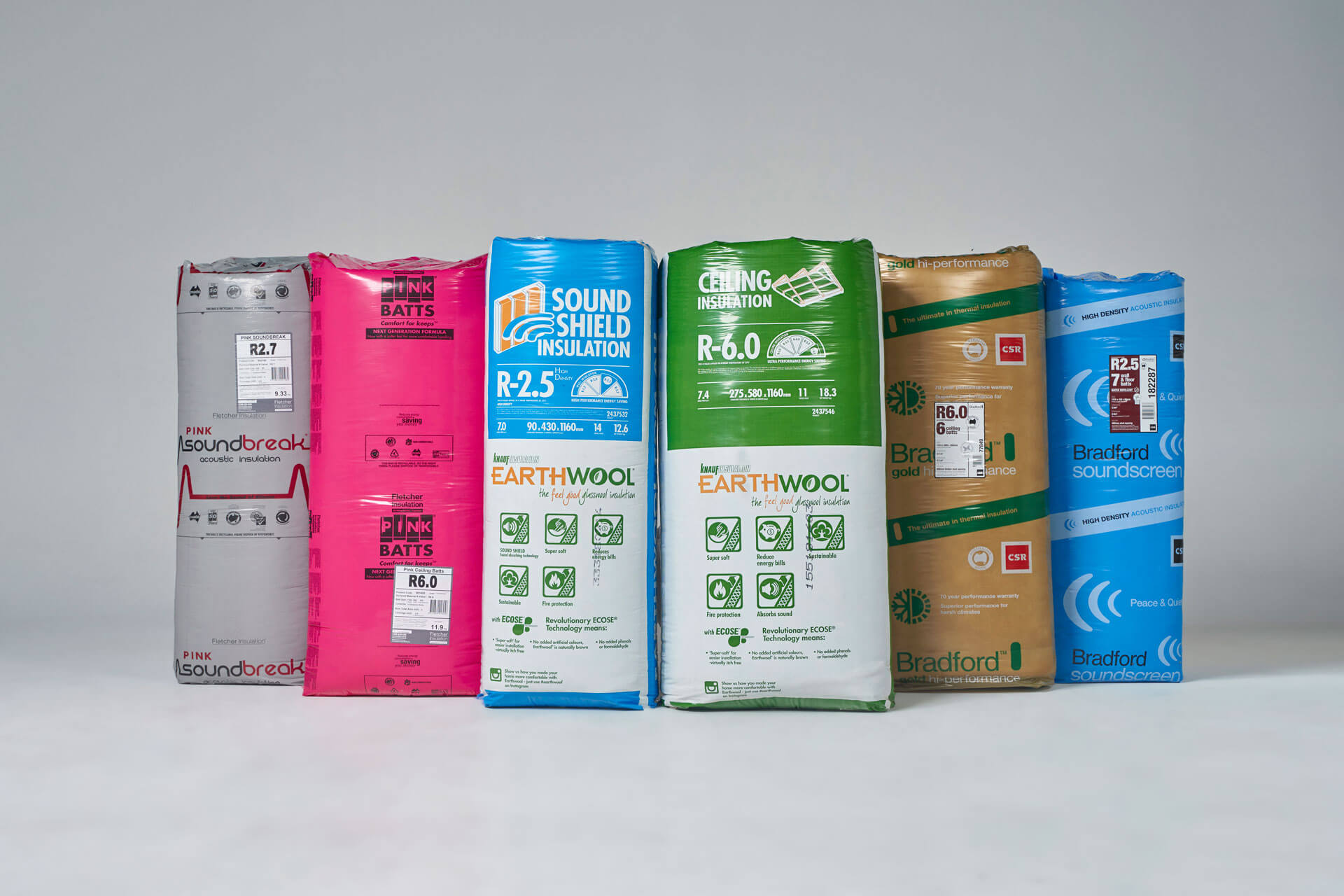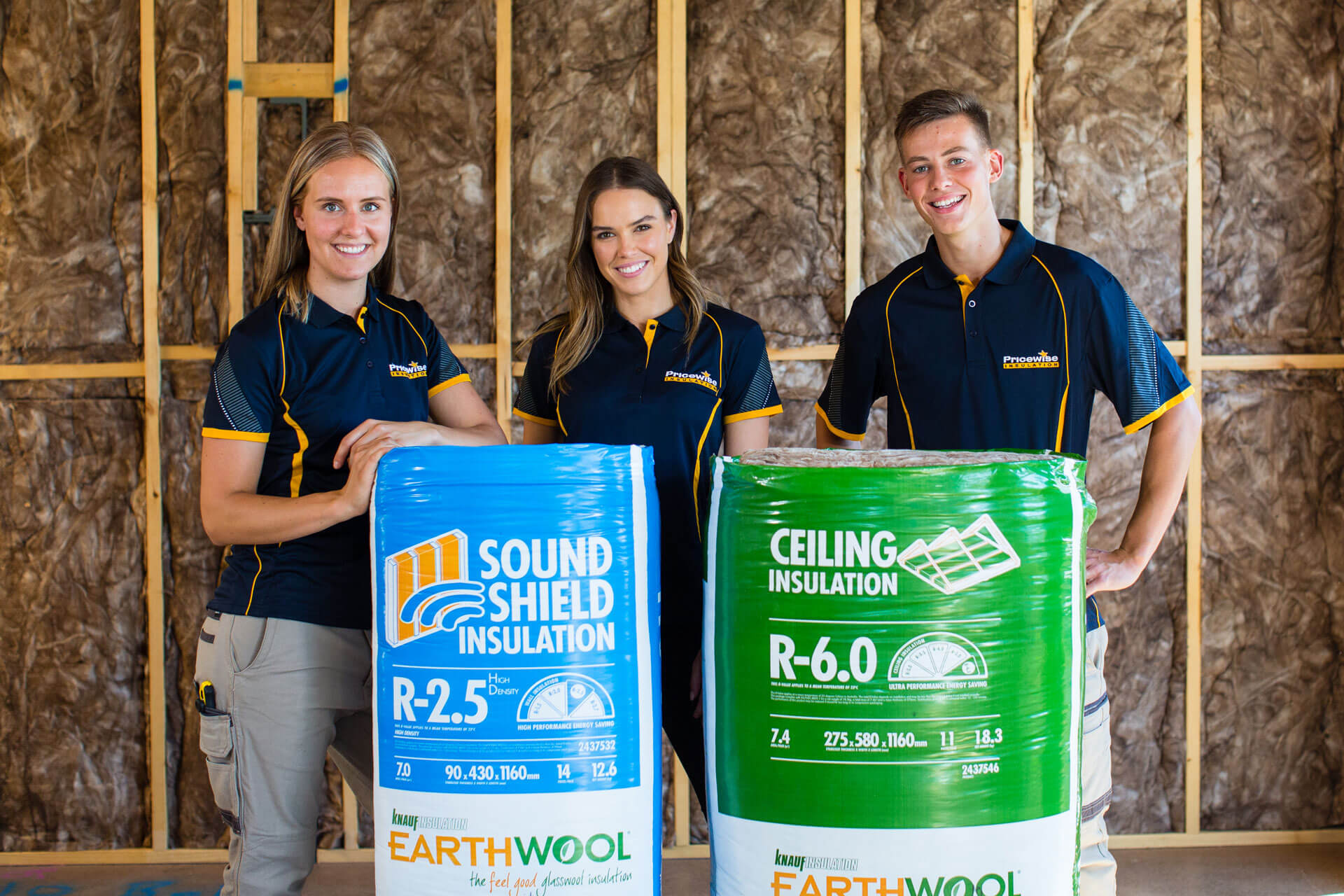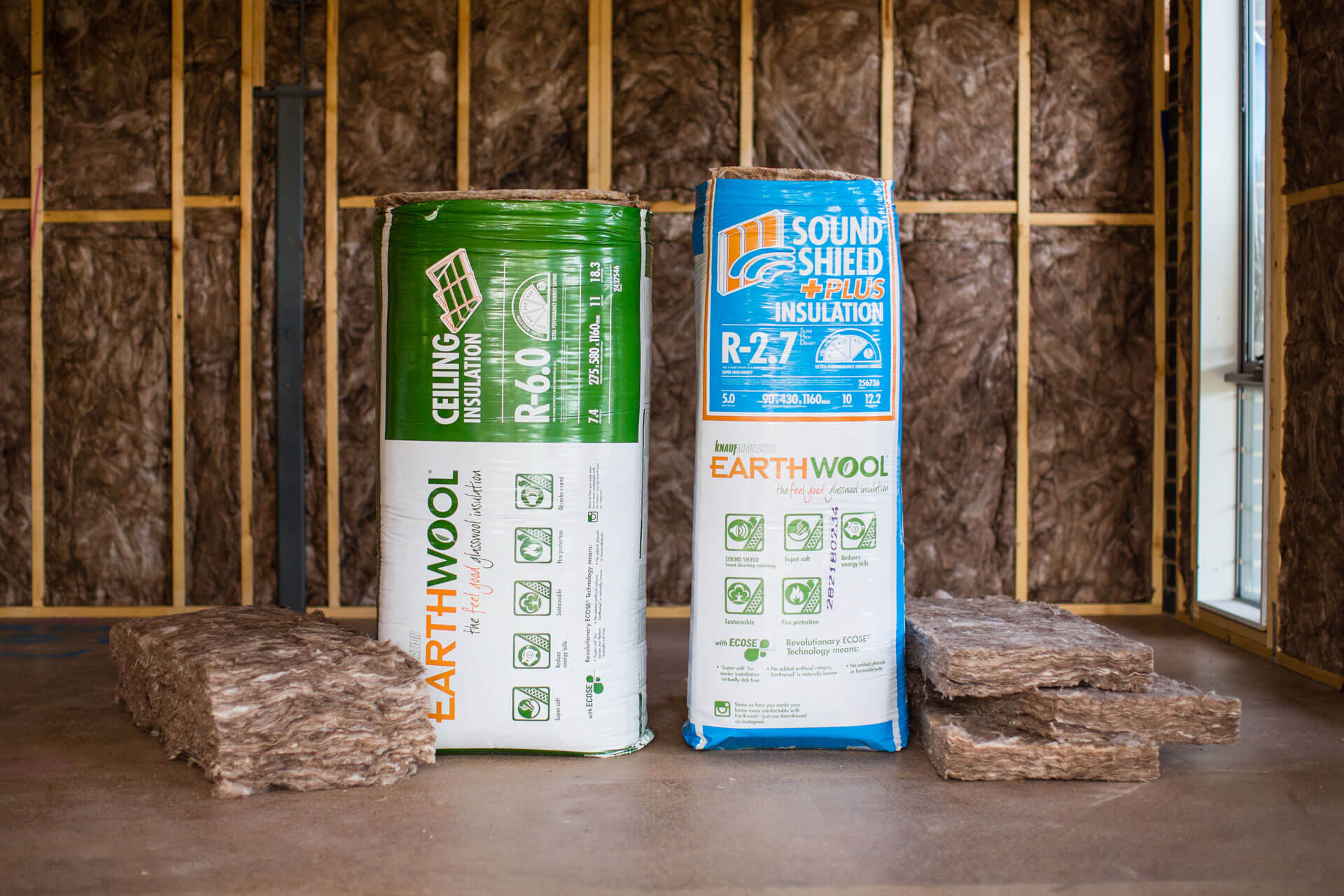Home Insulation
Home insulation reduces heat loss in winter and heat gains in summer, allowing you to run heaters and air conditioners on lower settings. Installing thermal and acoustic insulation in the walls, ceiling and floor of your home will help to improve comfort and reduce energy bills.
Buy Home Insulation
Insulating your home is a great investment which can pay itself back in around 3 to 5 years. Home insulation can significantly reduce summer heat gains and winter heat losses and cut your energy bills by up to half. The best time to insulate your home is during the construction phase or during a renovation project. House insulation costs will depend on the area (m2), climate and materials required, order online or contact us at Pricewise Insulation for a quote today!
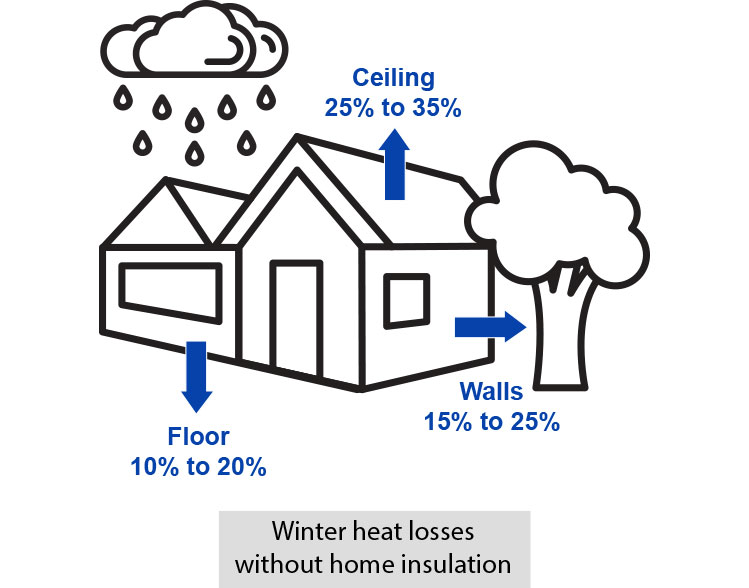
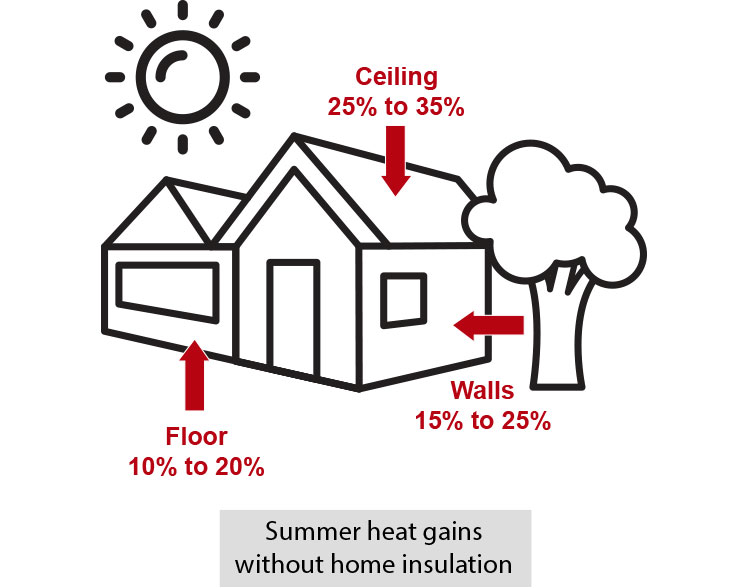
Home Insulation Product Types
Insulation products come in two main types; bulk and reflective and can also be combined. Bulk Insulation is as the name suggests is bulky and prevents heat transfer by trapping air between the fine fibres and stopping it from travelling through the material. Bulk Insulation materials include; Glasswool, Polyester, Rockwool and Polystyrene Panels. Reflective Insulation is a layer of foil backed by paper or plastic. It works against radiation heat by bouncing it back and not letting it penetrate through the foil. That’s why the foil is faced downwards or vertically. Examples of reflective insulation include; foil faced blankets or sarking, foil boards, and multi-faced foil products. Lastly, combined bulk and reflective insulation utilise both features to create a 2 in 1 product designed for extra thermal properties.



